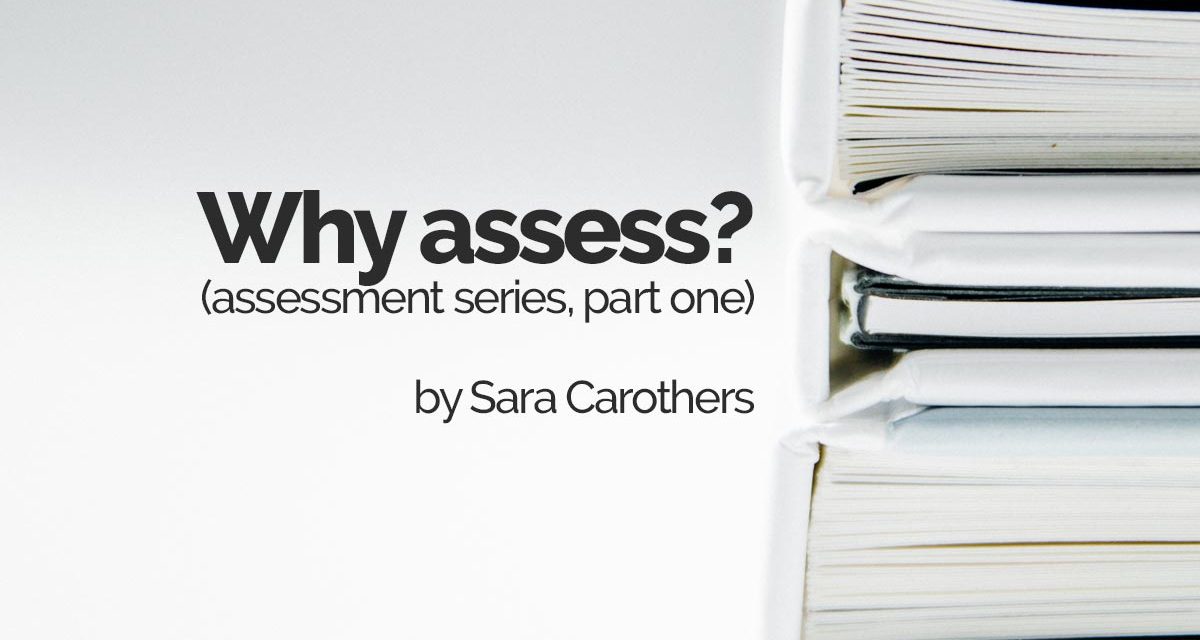Assessments happen. They happen when you ask your children about a book they read. They happen when you build a project together. They happen when you give a pre-test or a post-test. They happen when you fill in a Venn diagram comparing two ideas. They happen when you give one last math problem to see if they got the concept. They happen when you give a student feedback on an essay. They happen when your child takes a semester exam. And they happen when it’s time for a standardized test. Assessments happen any time you are measuring what a student is learning.
“But we don’t test.” This doesn’t mean you are not assessing learning. Journaling, demonstrating, posters, interviews, portfolios, checklists, rubrics and reflections are all assessments. Formative assessments are those done more informally, not typically for a grade, and are used to judge how effectively your student is learning on the spot. These are your “low stakes” or “informal” assessments. You can then adjust your teaching according to what is or is not working. These are subjective types of assessment, meaning results will vary according to the person in charge. Effective assessments give students feedback on how well they understand the content. Assessments become more relevant when students become involved in their own assessment. Consider asking some of these questions, “What was the most important thing you learned today? What was the most confusing topic? What important question remains unanswered?”
Summative assessments are designed to measure student achievement at the end of instruction. This can be the end of project, a unit, a course or a school year. Think of your mid-term exams and semester finals. These often include quizzes & tests that come with your curriculum, but don’t feel like you are limited by these. Instead, balance your types of assessment. The grades are the ones that go on a report card or transcript. You could call these your “high stakes” assessments, ones you can show a school, if the need arises, or perhaps a naysayer in the family who needs “proof” that your children are learning. Standardized tests, including ACT and SAT exams, are all summative assessments. What’s interesting about this type of assessment is that while the results are used by parents, teachers and schools, they actually have the least impact on student understanding.
Stay tuned for some guidance on writing your own assessments in Part 2 of the Assessment Series: How to Assess.
Assessment Resources for Reading and Language Arts
Progress-Monitoring Assessments for Reading
Scholastic Success with Reading Tests





